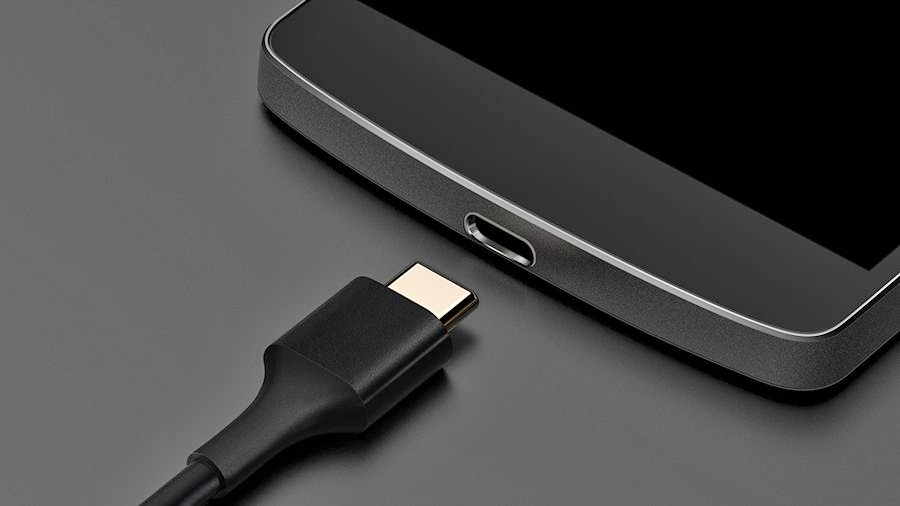

Apple raised a few eyebrows when it launched a MacBook with a single USB-Type C (or USB-C) connector last year, but we've since seen more devices and smartphones adopt the technology - if you're wondering what the story is, you've come to the right place.
A lot of new tech now comes with USB-C as standard, so it's wise to be up-to-speed with what it entails - and with some devices like the Samsung Galaxy S7 shunning USB-C for the time being, knowing what's what can help in those future purchase decisions too.
The cables and connectors are reversible
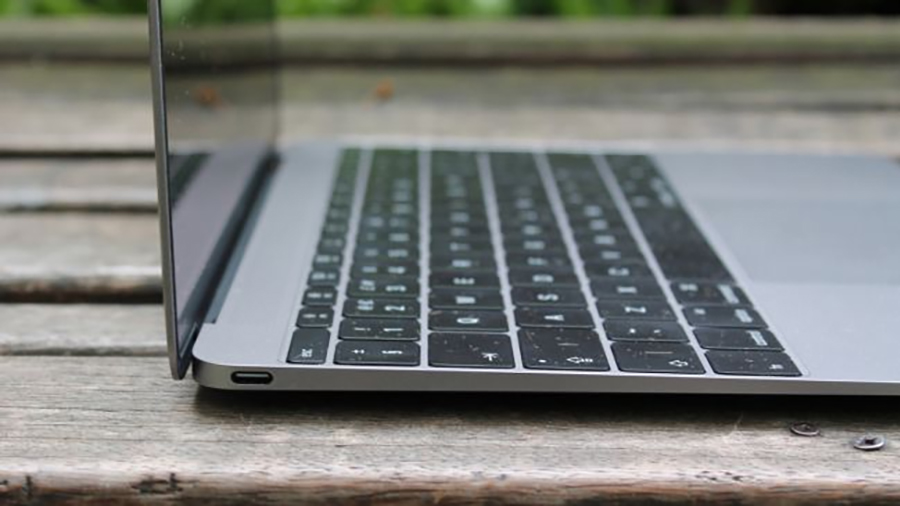
Firstly - and perhaps most importantly - it doesn't matter which way round you plug in the USB-C connector. Nor does it matter which way round the cable goes. That means less time fumbling around in the dark and more time getting your devices on charge.
In theory that should make it easier for you to use different USB-C cables for different devices, with even the proprietary connector-loving Apple on board this time around (though we'd be surprised if USB-C usurped the Lightning port any time soon).
It should also mean the Type-A and Type-B USB plugs we're used to today should swiftly become a bad memory as everything from phones to printers adopts the same standard. Support is included in the latest versions of OS X, Windows, Android and Chrome OS.
It's much faster... usually
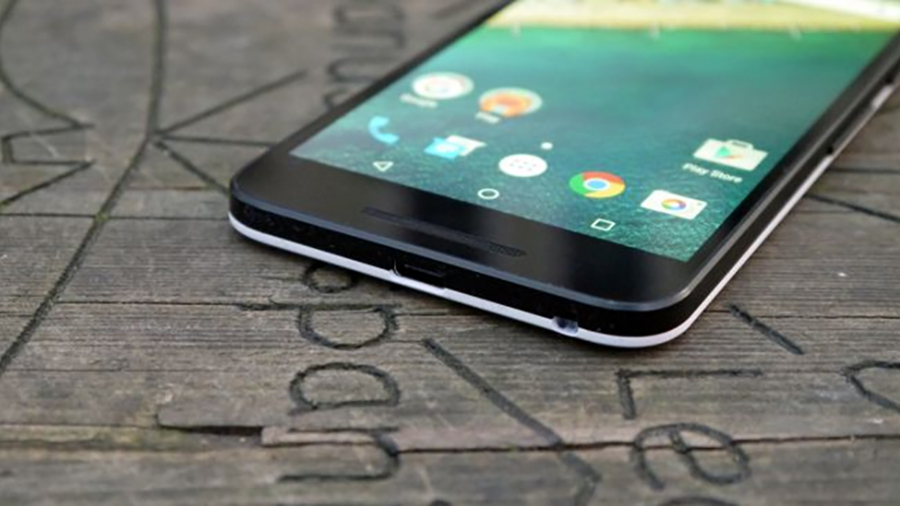
USB-C has been developed alongside - but is not technically the same thing as - USB 3.1. A cable with the USB Type-C connectors on it can still work with older USB speeds, but if the device you're using supports USB 3.1 then you're going to get faster data speeds as well.
Theoretically USB 3.1 offers a throughput of 10Gbps (gigabits per second) which is twice the limit of USB 3.0. In reality the speeds you see will be slower, but they're still going to be faster than anything you've ever seen from a USB cable, if USB 3.1 is also supported.
Sign up to the T3 newsletter for smarter living straight to your inbox
Get all the latest news, reviews, deals and buying guides on gorgeous tech, home and active products from the T3 experts
Apple's new MacBook and the latest Chromebook Pixel support both USB-C and USB 3.1 but they don't always go together, so check specification lists carefully. Whether it's a smartphone or an external hard drive, you should see much faster file transfers.
It charges up your devices more quickly
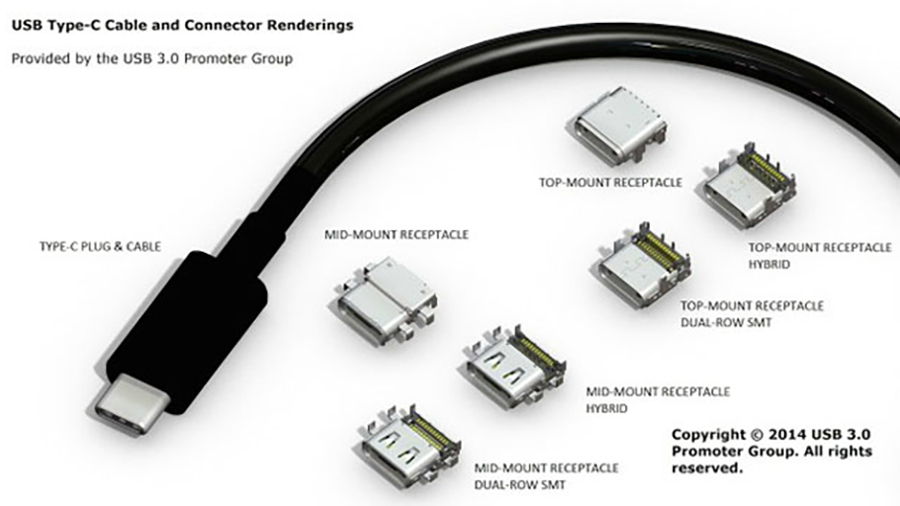
USB-C doesn't just help you shift data more quickly - it also charges up your devices more quickly too. Again, this is mainly thanks to USB 3.1 working with USB-C, and because it can push out 100W of power rather than the 10W of older standards there are various benefits.
One is that you don't need a chunky power brick on your laptop's charging cable any more; another is that you can use one USB-C device to power up another. External hard drives can get more juice and run faster without a separate power lead, and so on.
Of course manufacturers will need time to catch up but the bottom line is that USB-C enables devices that are thinner, lighter and capable of charging up more quickly. It also means more devices, particularly smaller ones, can make use of the magic of USB.
It's more versatile
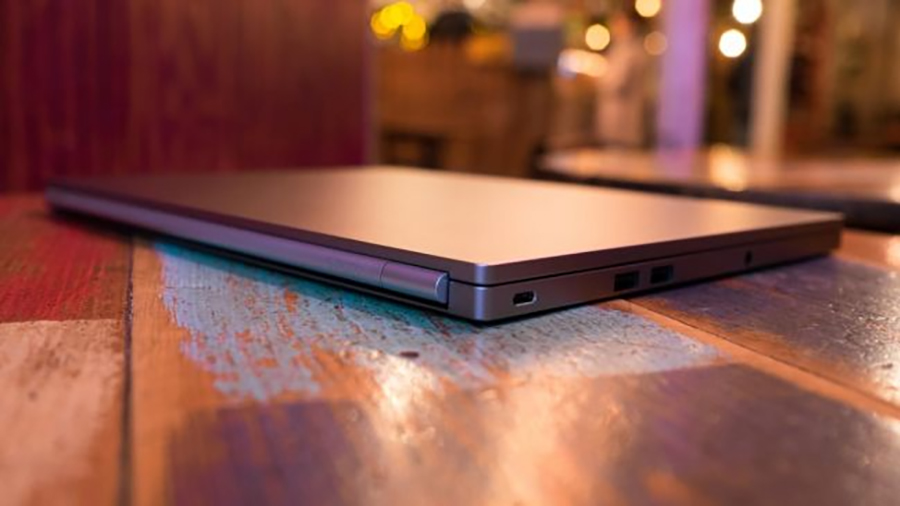
The new USB-C standard is a master of versatility. You no longer need different cables and plug sizes for your printer, smartphone and laptop, and what's more, thanks to the magic of USB 3.1 it can take on multiple roles and even do several jobs at the same time.
So you can charge a device and transfer data simultaneously, for example, or use USB-C to connect your laptop to an external display. With that in mind it's perhaps easier to understand why Apple went with just one port for its new slimline range of MacBooks.
Finally, USB Type-C cables include some smart embedded circuitry (just like Apple's Lightning connector) that help them work out whether they're being asked to transfer data, power or video - again this is another improvement over older USB cables.
So what's next?
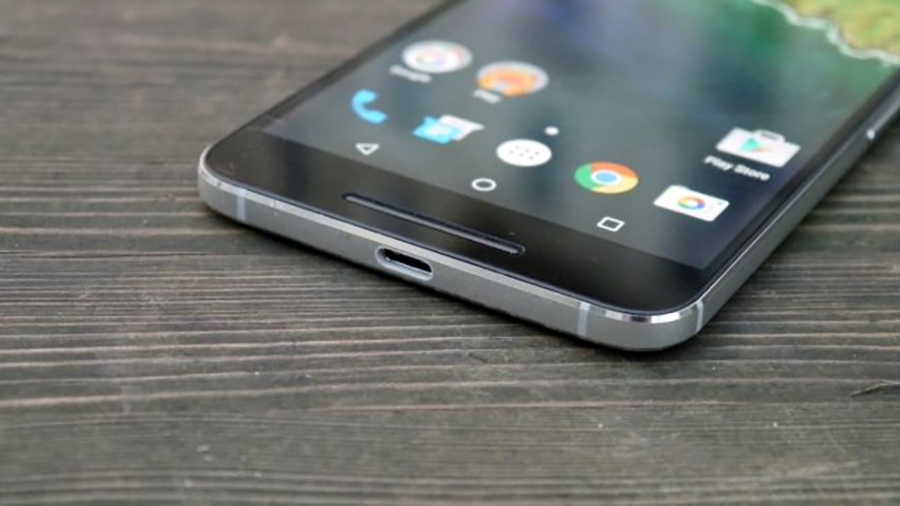
Unlike previous USB cables, USB-C isn't backwards-compatible and won't work with your older kit (at least not without an adapter). You can still get old-USB to new-USB cables, but they won't give you and your gadgets all the advantages of USB 3.1 and USB-C.
That means everyone's going to have to upgrade their cables again (sigh) but you should get new ones with your new devices. Make sure you dispose of your outdated USB 2.0 and USB 3.0 cords safely as laptops, smartphones and other bits of kit make the switch.
It may be a bit of a pain to begin with but ultimately USB-C should ensure we need fewer cables and fewer ports on our devices - and that's a welcome improvement. What's more, you'll eventually be able to swap the same USB-C cord between all of your devices.
- Get the lowdown on some great USB-Type C accessories for your MacBook
Dave has over 20 years' experience in the tech journalism industry, covering hardware and software across mobile, computing, smart home, home entertainment, wearables, gaming and the web – you can find his writing online, in print, and even in the occasional scientific paper, across major tech titles like T3, TechRadar, Gizmodo and Wired. Outside of work, he enjoys long walks in the countryside, skiing down mountains, watching football matches (as long as his team is winning) and keeping up with the latest movies.
-
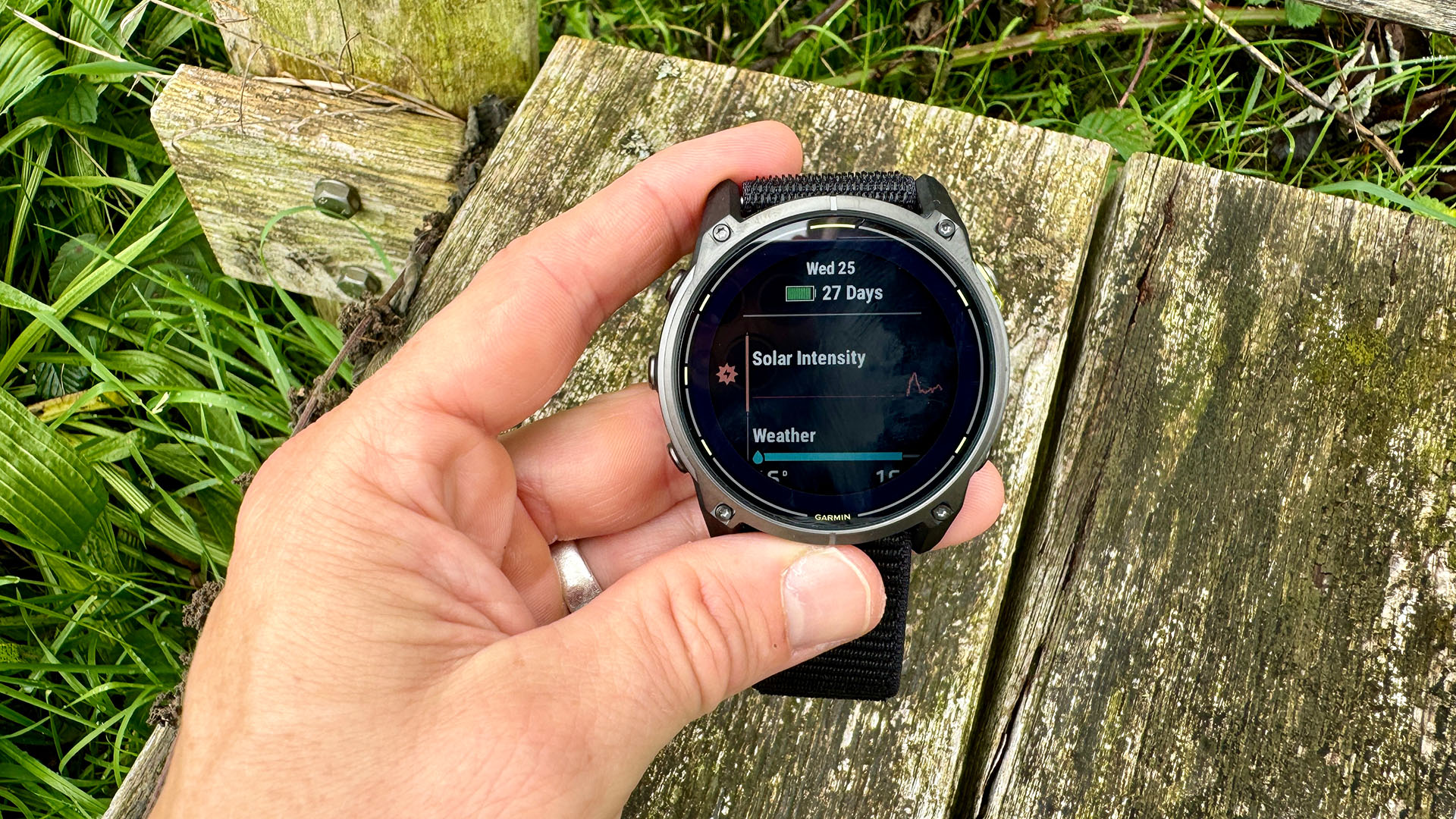 Garmin’s on a mission to update your wrist into oblivion as 100+ tweaks land on Fenix and Enduro watches
Garmin’s on a mission to update your wrist into oblivion as 100+ tweaks land on Fenix and Enduro watchesThe latest beta update looks comprehensive
By Matt Kollat Published
-
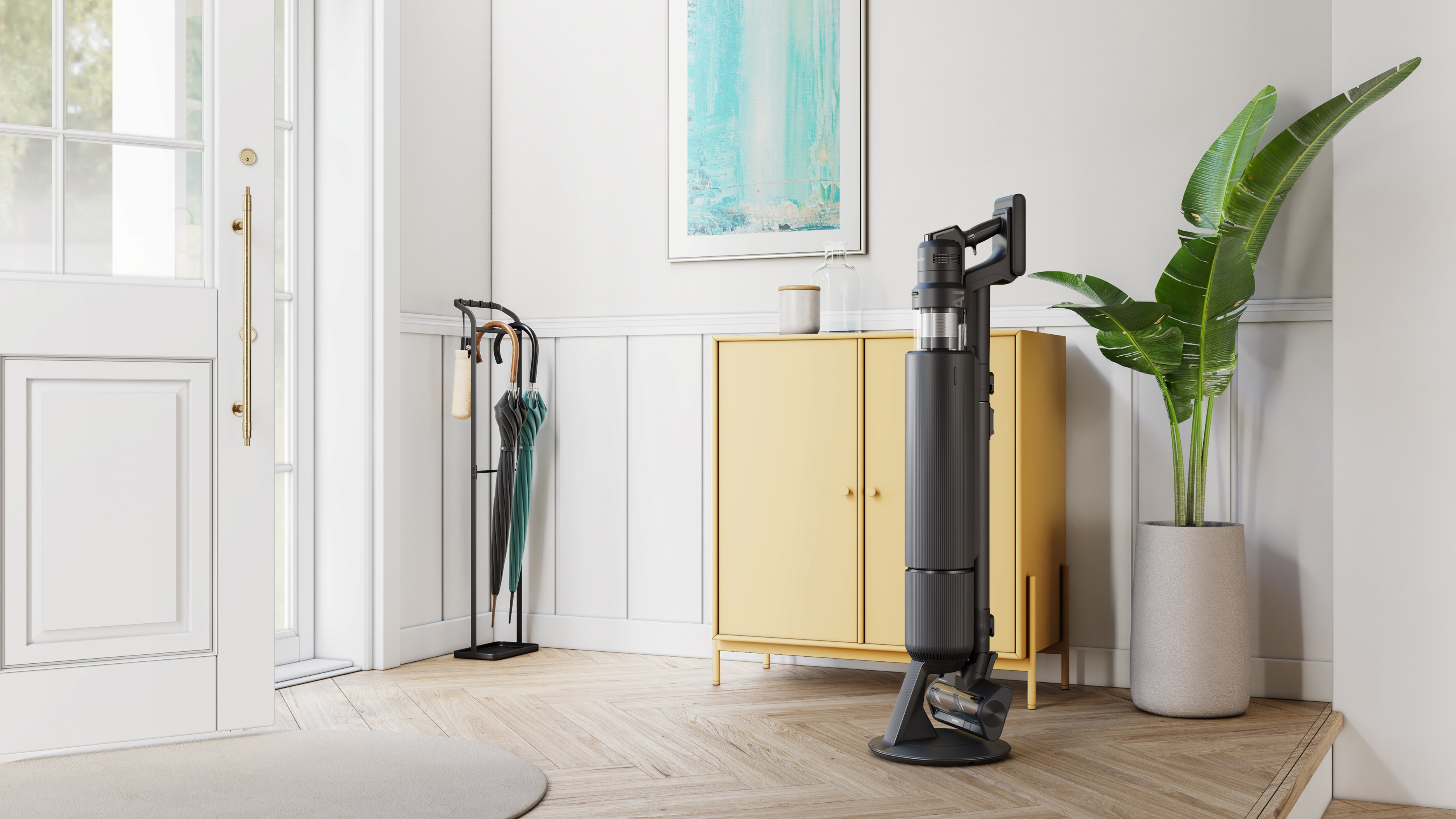 5 reasons you should be excited about the brand new Samsung Bespoke AI Jet Ultra
5 reasons you should be excited about the brand new Samsung Bespoke AI Jet UltraNot sure if it’s obvious... but I can't wait to try it
By Lizzie Wilmot Published